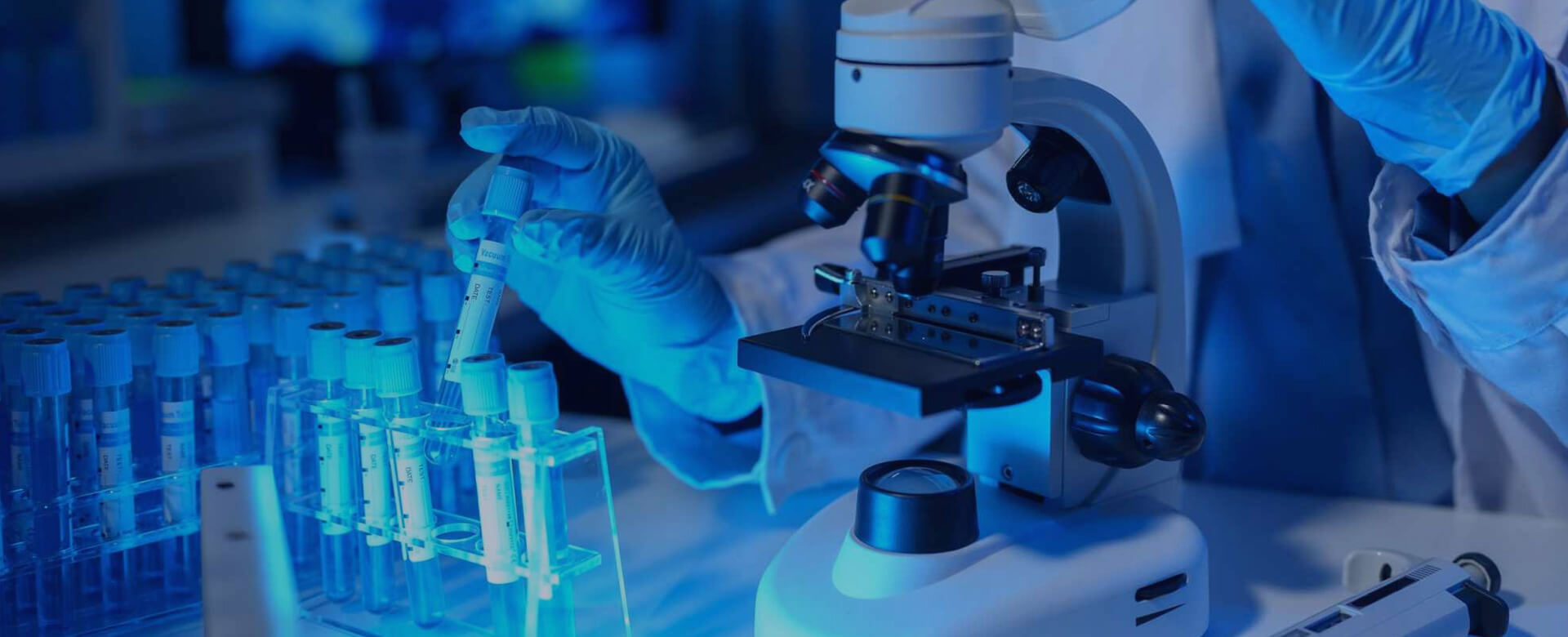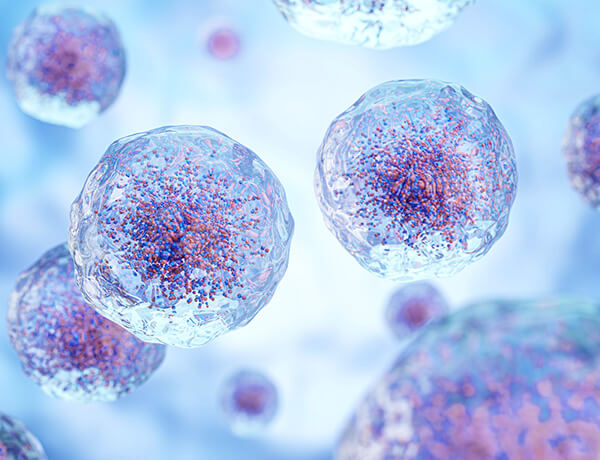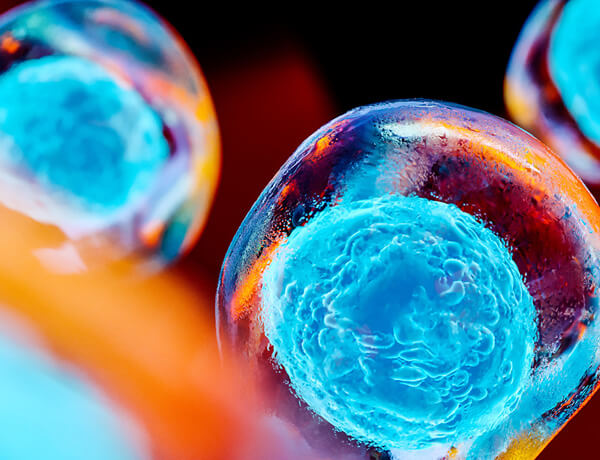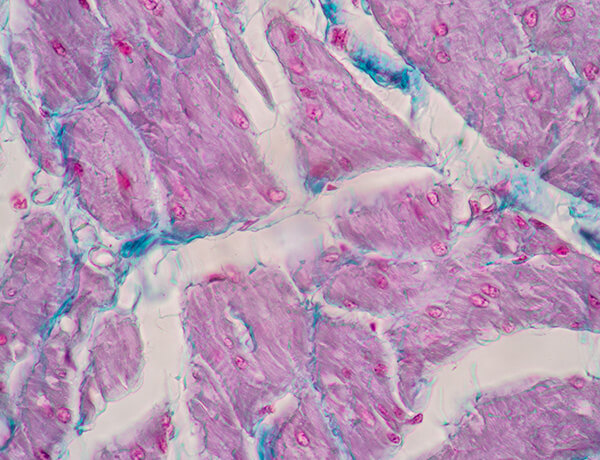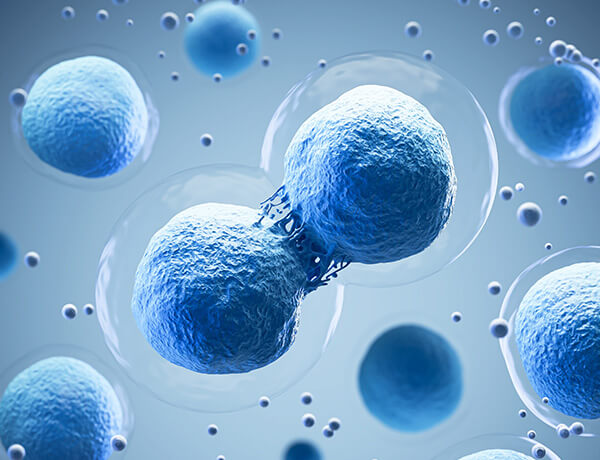- Overview
- Services
- Capabilities
- Features
- Applications
- Full-Service Portfolio
Drug Metabolism and Pharmacokinetics (DMPK) research is a critical component of drug development, providing essential data to optimize efficacy and safety profiles, and dosage regimen of drug candidates through the evaluation of their Absorption, Distribution, Metabolism, and Excretion (ADME) properties. With the increasing complexity of innovative therapeutics, such as antibody–drug conjugates, biologics, and small molecule targeted therapies, comprehensive in vitro and in vivo DMPK studies have become indispensable to reducing clinical attrition, de-risking development pipelines, and accelerating time-to-market.
We offer a full spectrum of in vitro and in vivo DMPK services to support efficient drug discovery and development. Our studies characterize drug candidate behavior in biological systems, including physicochemical properties, permeability, absorption, distribution, metabolism, and potential drug–drug interactions.
Creative Bioarray's DMPK Services


Physicochemical Characterization
We assess solubility, lipophilicity, ionization, and other physicochemical properties essential for predicting drug-like behavior.


Permeability & Transporters
Caco-2, MDCK, artificial membrane permeability assays (PAMPA) and transporter assays (e.g., P-gp, BCRP, OATP, OAT, OCT) to investigate intestinal absorption and transporter-mediated disposition.


Drug Distribution & Binding
Assessment of plasma protein binding, tissue distribution, and brain penetration to better understand in vivo exposure and target engagement.


Metabolic Stability & Metabolite Identification (MetID)
Evaluation of intrinsic clearance, metabolite profiling, and identification of metabolic pathways using microsomes, hepatocytes, plasma and recombinant enzymes.


Drug-Drug Interactions
Enzyme inhibition and induction studies (CYP450, UGT, transporter-based interactions) to predict clinical DDI risks.


In Vivo Pharmacokinetics & Bioanalysis
PK studies in multiple species and bioanalytical support with LC-MS/MS to generate reliable exposure and dose–response data.
Our Disease Model Platforms
Experimental Models
- Rodents (mouse, rats, etc.)
- Non-rodents (dog, minipig, non-human primates, etc.)
- In vitro systems (hepatocytes, microsomes, S9 fractions, recombinant enzymes, transporter-overexpressing cell lines)
Technical Platforms
- High-throughput LC-MS/MS bioanalysis
- State-of-the-art LC/UPLC, HPLC, and mass spectrometry platforms
- In vitro ADME and transporter screening systems
- Advanced data modeling and PK/PD analysis software
Why Choose Our DMPK Services?

Experienced Scientific Team
Our research team consists of experienced professionals who focus on delivering reliable, high-quality data.

Advanced Technology and Facilities
Our state-of-the-art instruments ensure compliance with industry standards.

Flexible Service Options
Our services range from basic single-step tests to fully integrated packages customized to suit different project requirements.

Strict Confidentiality and Regulatory Compliance
Our operations strictly follow data protection regulations to maintain the security and regulatory compliance of client intellectual property.
Applications
- Early Drug Screening: Early identification of compounds with unfavorable ADME profiles, reducing R&D costs.
- Formulation Optimization: Guiding formulation design through physicochemical and permeability data.
- Complex Drug Development: Supporting metabolic and distribution analyses for specialty drugs such as antibody-drug conjugates (ADC) and nanomedicines.
- IND Filing Support: Providing regulatory-compliant DMPK data packages to expedite clinical trial approval.
